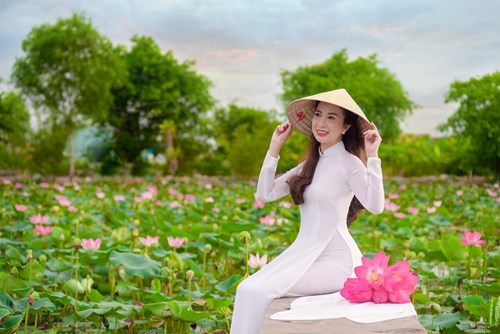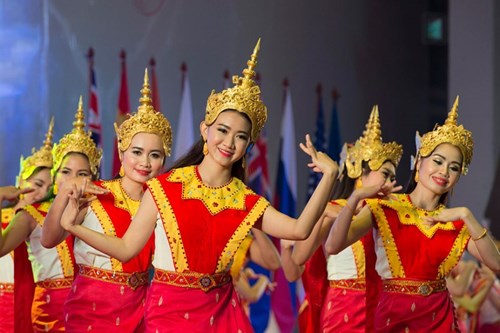Renowned for its rich culture, ancient history and spectacular scenery, Vietnam has become a favorite destination for any traveler wishing to discover Asia. For a glimpse of its heritage and beauty, we introduce you to its traditional hat called “Nón Lá” in Vietnamese, a national symbol of culture marking its historical past.
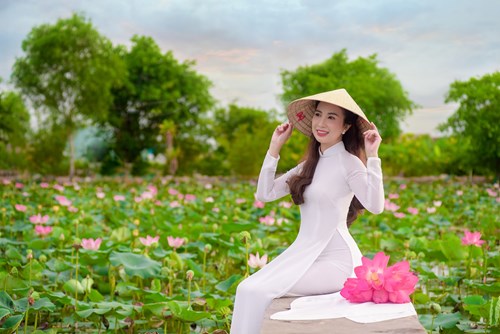
The “Nón Lá“, or conical hat of Vietnam, is a traditional hat used for protection from the tropical climate. A homage to its deep-rooted culture, these hats are one of the country’s emblems, traditionally and uniquely handcrafted.
Design
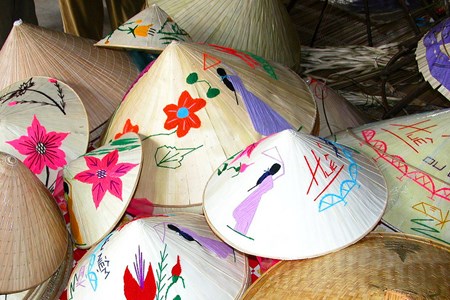
This hat has a conical shape, made of straw, bamboo or more generally of latanier leaves, and secured by bamboo sticks. The dried leaves are ironed and then sewn onto bamboo rings placed on a hoop. Once the leaves have hardened, the hat is finished. The craftsmen then add a layer of oil and a sewn silk chin strap.
Consisting of many variations, women typically wear it with a broad-rimmed frame, while men wear those with high cones and smaller brims. Occasionally, these hats contain colorful manually-stitched patterns of countryside landscapes, flowers, rice fields, or bamboo hedges.
The Non Bai Tho, also known as the poem hat, is amongst the most known and attractive hats as it contains poetic verses inscribed under the leaf layers, only seen under the sun. This unique type of hat originates from the city of Hue in central Vietnam.
Function

The design of these hats allows rainwater to run off and protects the wearer from the sun’s rays. They have always been worn by all generations and social classes, from the upper or working class to Buddhist monks, army troops and children.
The conical hat also serves as an improvised fan, a basket to carry various products or a bowl to store water. Today, these hats are also the perfect gift and typical souvenir for any traveler visiting Vietnam.
Cultural Significance
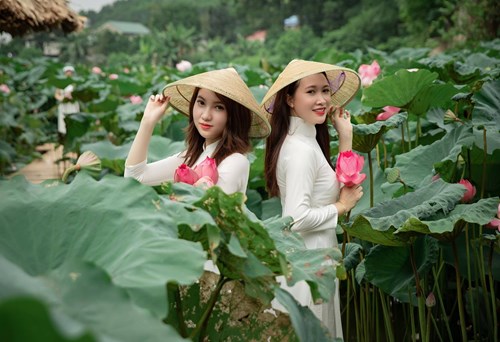
Located in Hanoi, Chuong Village is known as the most famous place in the country for the production of conical hats, manufacturing millions of them per year for both the domestic and export markets. Thanks to its specialty, the village has maintained its reputation for preserving the country’s heritage and culture for decades.
Today, this traditional hat has become a symbol of history and honors the beauty of Vietnamese women. Whether worn in festivities, weddings, or traditional dance performances, it proudly showcases its national cultural imprints to the world.
